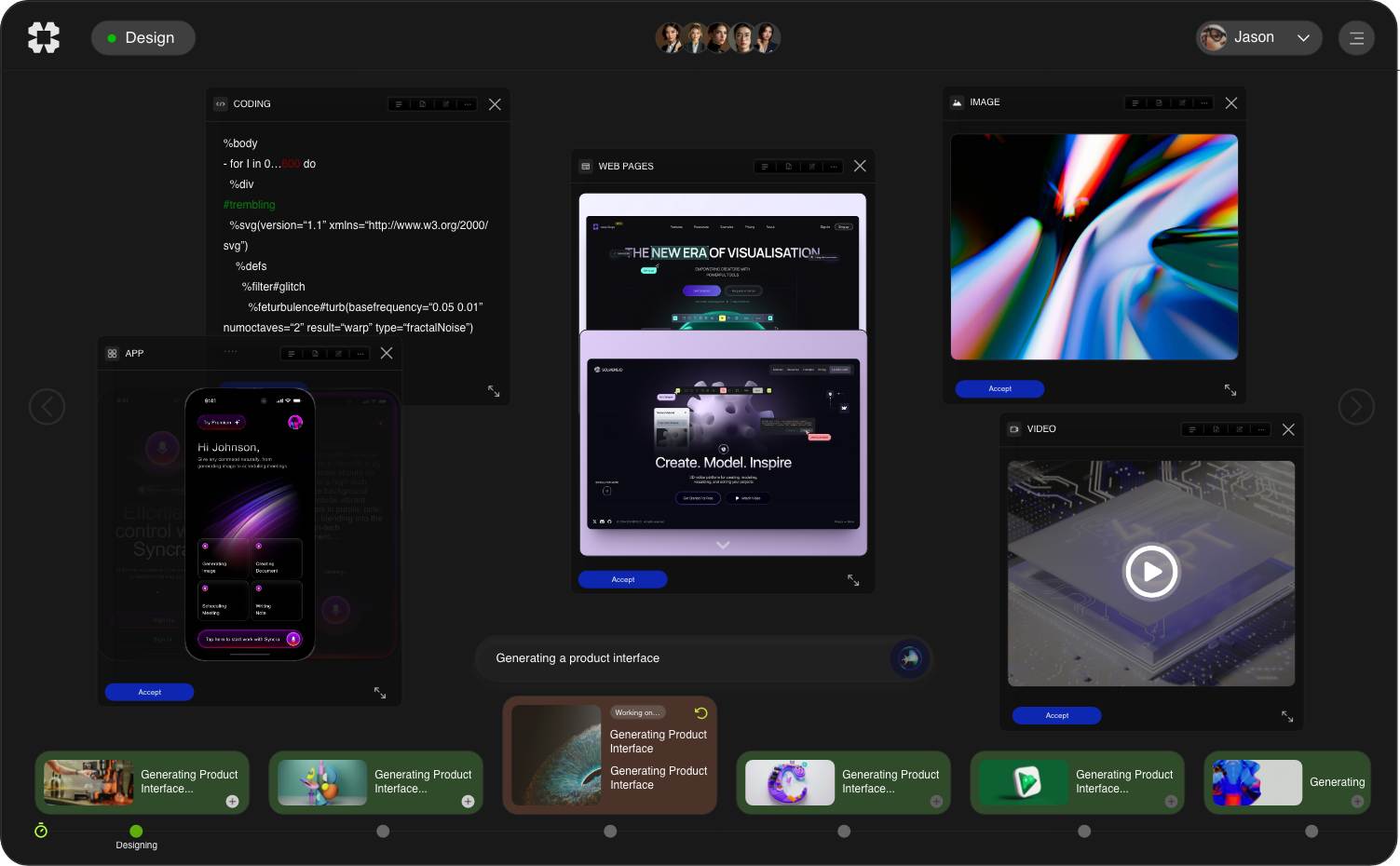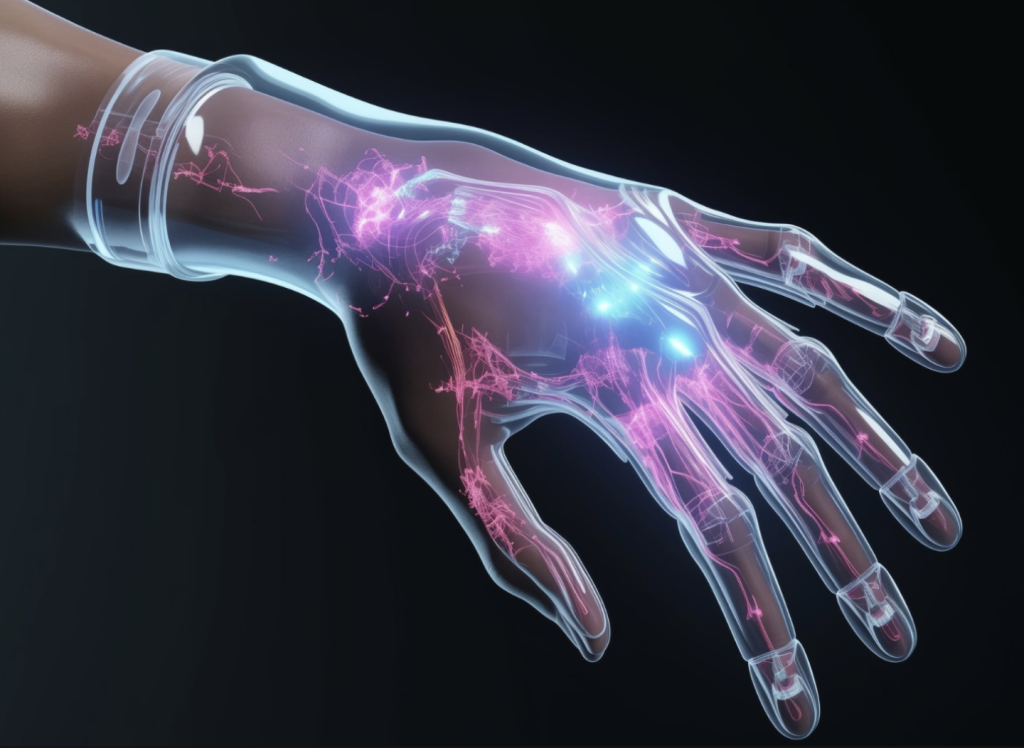In the rapidly evolving business landscape, digital transformation has become more than just a trend; it is a necessity for organizations looking to maintain a competitive edge. AI-based automation solutions are at the forefront of this transformation, allowing companies to streamline operations, enhance productivity, and drive innovation. One significant aspect of this revolution is AI task orchestration, which enables businesses to automate complex workflows efficiently. This article delves deep into how digital transformation is shaped by these technologies, explores industry applications, and highlights solutions that can guide organizations towards effective implementation.
.
**Understanding Digital Transformation in the Context of AI**
Digital transformation refers to the integration of digital technology into all areas of a business, fundamentally changing how organizations operate and deliver value to their customers. According to a recent report by McKinsey, 70% of organizations have embraced digital transformation initiatives. However, many struggle with executing these strategies due to a lack of knowledge or guides on how to effectively implement them.
AI technologies play a crucial role in this transformation by automating routine tasks, providing insights through data analysis, and enhancing customer experiences. For instance, AI-based automation solutions can handle repetitive tasks that consume valuable employee time, allowing them to focus on more strategic initiatives.
.
**The Role of AI-Based Automation Solutions**
AI-based automation solutions encompass a range of technologies, including robotic process automation (RPA), machine learning (ML), and natural language processing (NLP). These tools work together to automate tasks across various departments—from HR and finance to sales and customer service.
For example, in finance, AI can automatically process invoices, reconcile accounts, and generate reports—all tasks that traditionally required human intervention. This not only accelerates workflows but also reduces the risk of human error. Moreover, businesses see an average ROI of 20-30% on investments in AI-driven automation, according to Deloitte’s recent insights.
.
**Innovative Ways AI Task Orchestration Enhances Efficiency**
AI task orchestration takes automation a step further by enabling systems to collaborate and communicate with one another seamlessly. This orchestration can lead to end-to-end automation, where multiple tasks are triggered based on predefined conditions across different platforms.
For instance, an e-commerce company could use AI orchestration to automate inventory management, customer notifications, and shipment tracking. When a product runs low in stock, the system can automatically generate orders, update the website status, and inform customers—all in real time. By orchestrating these tasks, businesses can greatly enhance their operational efficiency and provide better service to customers.
.
**Industry Applications of AI-Based Automation and Task Orchestration**
The applications of AI-based automation and task orchestration are vast. Here are a few industries that are reaping the benefits:
1. **Healthcare**: In healthcare, AI can streamline patient care through automated scheduling, administrative tasks, and even diagnosis via predictive algorithms. According to a study published in Health Affairs, hospitals that implement AI solutions saw a 30% increase in patient satisfaction.
2. **Manufacturing**: The integration of AI and automation into manufacturing processes has resulted in faster production cycles, quality control, and predictive maintenance. Companies like Siemens are using AI for predictive maintenance, helping to avoid costly downtime and improve productivity.
3. **Customer Support**: AI chatbots are transforming the customer service landscape by handling inquiries, providing product recommendations, and even directing customers to human representatives when necessary. According to Gartner, 80% of organizations plan to deploy chatbots by 2022.
4. **Financial Services**: Banks and financial institutions are employing AI for risk assessment, fraud detection, and customer engagement. For example, JPMorgan Chase uses AI to analyze contracts and detect signs of fraud, leading to significant cost savings.
.
**Challenges and Solutions in Implementing AI-Based Automation**
Despite the growing adoption of AI-based automation solutions and task orchestration, companies often face challenges during implementation. These include data silos, lack of skilled personnel, and resistance to change from employees.
1. **Data Silos**: Many organizations still operate in silos, making it difficult for AI systems to access the necessary data for automation. Addressing this involves adopting a centralized data strategy that ensures data availability across departments.
2. **Skill Gap**: The complexity of implementing AI solutions often points to a skills gap within organizations. Investing in training and upskilling programs can help bridge this gap, enabling employees to work effectively with advanced technologies.
3. **Change Management**: Resistance to change is a common hurdle. To counter this, organizations should communicate the benefits of AI and automation, demonstrating how these technologies simplify work rather than replace jobs. Engaging employees in the transformation journey can foster acceptance and enthusiasm.
.
**The Future of Digital Transformation: Trends to Watch**
As technology continues to advance, several trends are emerging in the realm of digital transformation, particularly concerning AI and automation:
1. **Hyper-Automation**: This term refers to the combination of multiple automation tools to create highly efficient processes. Organizations are expected to adopt hyper-automation strategies to encompass not just RPA but also machine learning and AI, creating an integrated ecosystem of automated tasks.
2. **AI Ethics and Governance**: As automation becomes more prevalent, discussions around the ethical implications of AI are taking center stage. Organizations will increasingly prioritize AI governance, ensuring that their AI systems operate transparently and accountably.
3. **No-Code/Low-Code Solutions**: To democratize automation, no-code and low-code platforms are gaining traction. They allow non-technical users to create custom automation solutions, further driving digital transformation efforts.
4. **Enhanced Customer Interaction**: Businesses will continue to leverage AI to enhance customer interactions through personalized experiences. AI can analyze customer behavior and preferences, offering tailored recommendations and services.
.
**Conclusion: Embracing the Digital Future**
The integration of AI-based automation solutions and task orchestration represents a significant leap forward in the digital transformation journey. Companies that proactively embrace these technologies can expect to see improved operational efficiency, enhanced customer satisfaction, and a newfound ability to innovate.
As the landscape continues to evolve, organizations must overcome existing challenges, invest in necessary skill development, and remain agile to take full advantage of the opportunities presented by AI. The future is bright for those who dare to transform, and the time to act is now.
.
**Sources**
1. McKinsey & Company. “The pandemic pushed companies over the technology tipping point—and now they’re racing ahead.” [Link to Report](https://www.mckinsey.com/business-functions/mckinsey-digital/our-insights/the-pandemic-pushed-companies-over-the-technology-tipping-point-and-now-theyre-racing-ahead)
2. Deloitte. “AI and the Future of Work.” [Link to Insights](https://www2.deloitte.com/global/en/pages/about-deloitte/articles/ai-and-the-future-of-work.html)
3. Gartner. “Gartner Predicts 80% of Customer Service Interactions Will Be Handled by AI by 2022.” [Link to Article](https://www.gartner.com/en/newsroom/press-releases/2020-11-18-gartner-predicts-80-percent-of-customer-service-interactions-will-be-handled-by-ai-by-2022)
4. Health Affairs. “Healthcare’s Digital Transformation: Are We Ready?” [Link to Study](https://www.healthaffairs.org/do/10.1377/hblog20200610.157517/full/)
5. Siemens. “Digitalization in Manufacturing.” [Link to Case Study](https://new.siemens.com/global/en/company/stories/industry/digitalization.html)

























